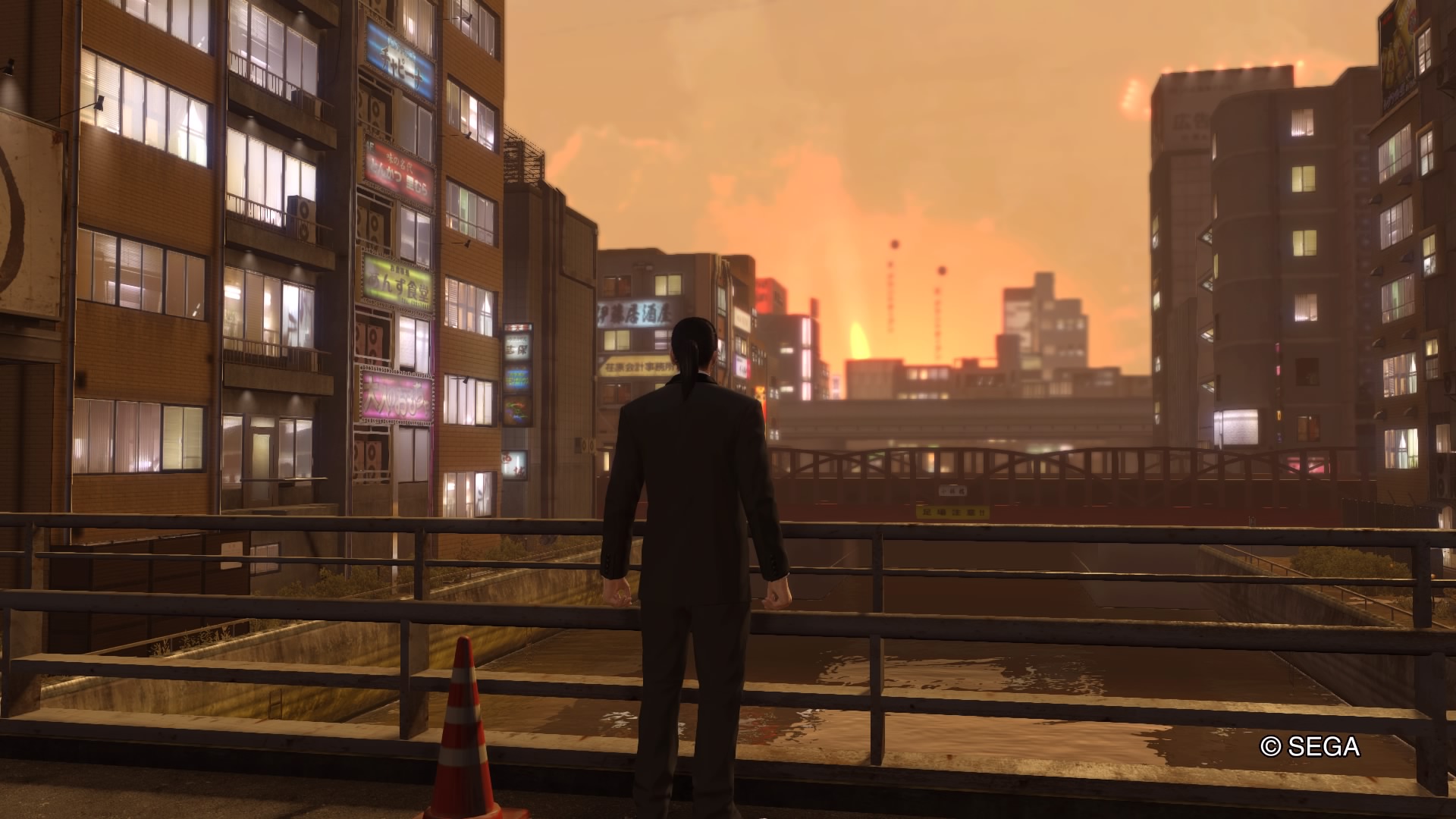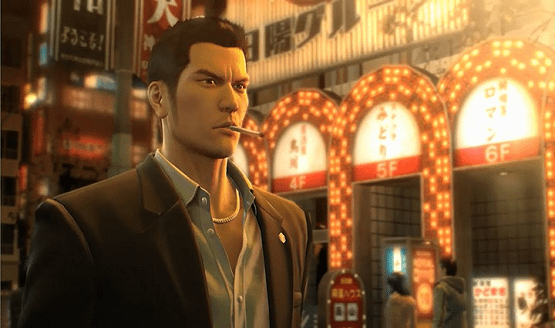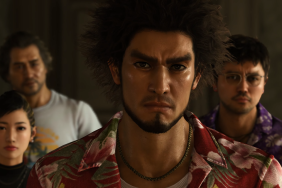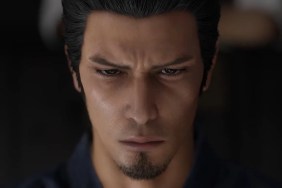What is a city? According to the Cambridge Dictionary, a city is “a place where many people live, with many houses, stores, businesses, etc.” While this is factually true, it isn’t just about how many restaurants or the amount of people there are. A city is all you can directly see in it (buildings, art, citizens, whatever physical object you can name), and it’s also what you cannot see. The social representations a store has, the daily stories of the inhabitants, the dreams and the struggles of everyday life. Your house isn’t only a number of bricks and cement well-aligned and decorated. It’s the place where you have passed your childhood, where you have argued with your parents about driving drunk, and the place you stored your Pokemon cards collection. In the same way, a city isn’t only what it is made on a piece of land, but what we make of it.
Yakuza 0 has two of the most remarkable districts—a distinguishable part of city—I have seen in a video game. Kamurocho and Sotenbori are based on real life locations, called Kabukicho and Dotonbori , respectively. Kamurocho is a red-light district, so expect an exciting and dangerous nightlife with nightclubs and all kind of illegal activities going on. On the other hand, Sotenbori is more of a tourism center, very well known of its traditional restaurants. Both places have its own yakuza clan—Tojo Clan in Kamurocho and Omi’s Alliance in Sotenbori—clans that constantly put in danger the lives of the main protagonists, Kiryu Kazuma and Majima Goro. Besides the mob here and there, what makes these districts so special?
Characterizing a District
When you compare Yakuza 0’s maps with others in the open-world genre, the first thing that comes to mind is that they look pretty small. You can run over the dozens of blocks in less than five minutes. It has nothing to do in terms of length with the incredible enormous map of Los Santos in Grand Theft Auto V, the vast wastelands of Mad Max or the never ending desserts of Metal Gear Solid V. Nevertheless, both Kamurocho and Sotenbori are crowded with lots of citizens, sometimes committing crimes in plain sight, addictive mini-games in which you could—and will—spend hours and hours completing, different kinds of eateries, bars and entertaining attractions, and one hundred sub-missions with the most bizarre NPCs you have met in a video game. Both districts have the most important characteristic they could have: they feel completely alive. When you start recognizing each and every one of the restaurants just by a sign, and you remember what differences in the menu they have, something special is happening. Why bother have multiple and varied restaurants when they all recover Kiryu’s or Majima’s HP bar equally? The answer is simple: the immersion and “realistic feeling” it provides.
Sub-missions could be properly proclaimed as “The Tales of Kamurocho and Sotenbori.” At one point in the seventeen main story chapters, I just stopped advancing and I only focused on these secondary missions. I started feeling like a was watching a very peculiar Netflix series, with short episodes of 10-20 minutes. I got to know the life story of a Pocket Circuit Champion with existential issues, I protected a fortune teller from angry customers, and I saved a merchant who was trying to sell non-hallucinogenic mushrooms to angry customers, who felt ripped-off when they didn’t got high. That same fortune teller told my future, which revealed some clever and charming Easter eggs of the following entries in the franchise.
A Life of Their Own
The districts have their own weight in the main storytelling. All the events regarding Kiryu’s troublesome relationship with his clan has to do to an “empty lot,” a key element in the Kamurocho’s economics future. Yes, every major disgrace in Kiryu’s story is due to a small square. Majima’s luck is not much better. Sotenbori is his proverbial prison, as he is being watched at every moment and can’t escape until he finishes his mission.
Another wonderful touch of detailed realism occurs when special events take place in real time in the districts during the main story missions. For example, a special event can affect Kiryu’s ability to cross a specific street, as it might be suddenly full of random enemies or simply blocked off.
Kamurocho and Sotenbori, like any human being, also have their disturbing aspects: chauvinism. It is generally well-known that Japan has a chauvinistic culture, and Yakuza 0 doesn’t stay short in this regard. Beyond the roles of most of the female characters, who are merely victims of assaults, harassment, and others type of public humiliation, during the journey you will be picking up cards of real porn actresses, cards which enable soft-porn videos in a special outlet. Majima runs a cabaret with an intensive minigame of making customers happy and customizing your hostess as you want. And last but not least, the infamous minigame of cat-fighting, in which you play a rock-paper-scissors variety with women wrestling while wearing bikinis. All these elements can come as a shock when you compare them with your own culture—not saying things are that better in my hometown, unfortunately. However, whether they upset you or not, they represent a polemic and problematic branch of the Japanese culture.
All in all, you can prefer Majima’s slow descent into “madness” or Kiryu’s painful Dragon path. But it’s the atmosphere and feeling created by these districts, the strong emotions they have produced with their beautiful and horrible people, and their hilarious time-consuming and sometimes embarrassing optional activities are what made me spent over one hundred hours—and counting—in this fantastic game.
Essential Reading:
- Understanding Yakuza’s Odd Rise to Stardom
- Social Media in Games Enhances the Experience
- Ghost of Tsushima Inspiration: Samurai From Film to Controller
Yakuza 0 Setting Feature August 2018
-
Yakuza 0 Setting Feature August 2018 #1
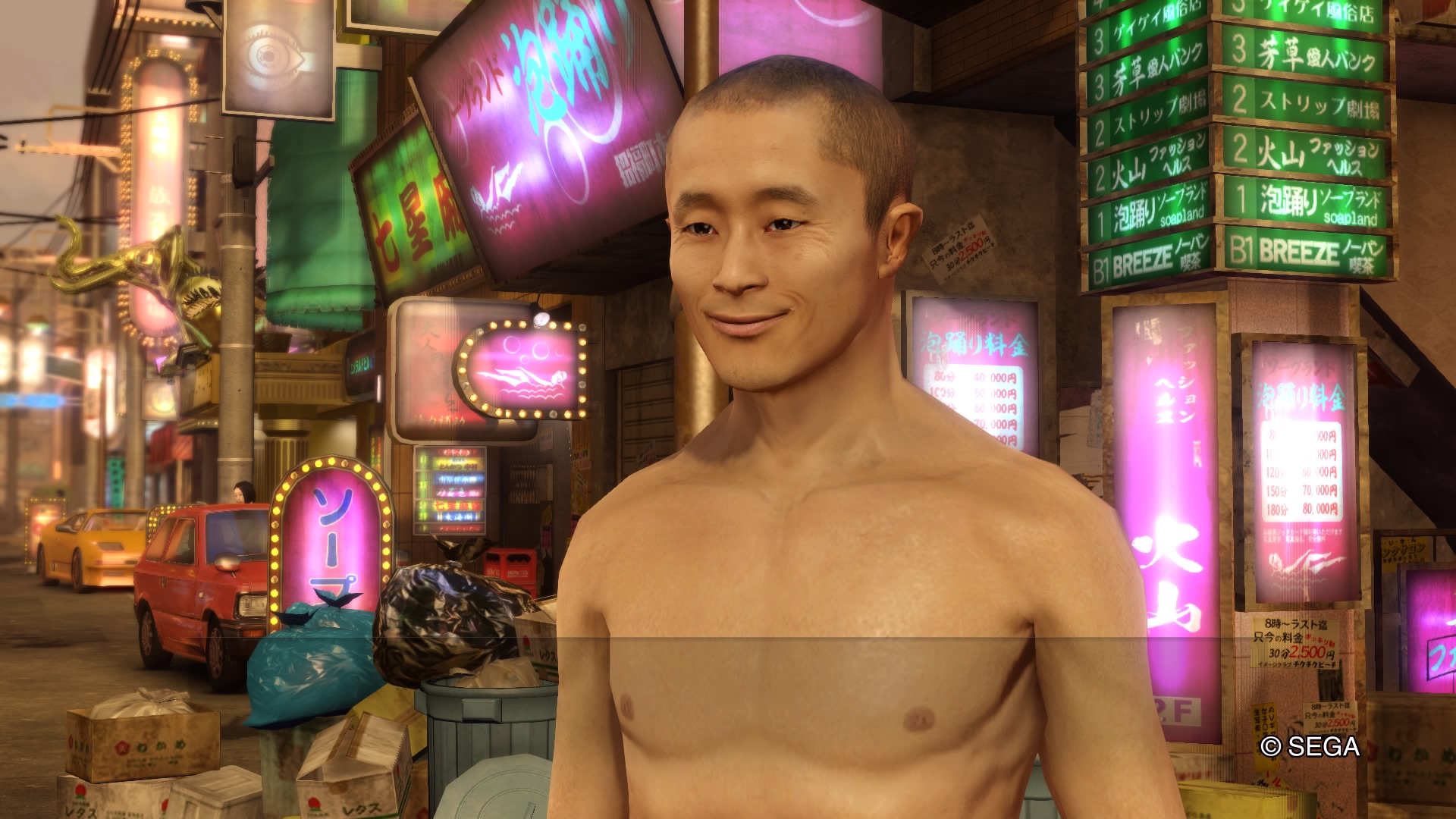
-
Yakuza 0 Setting Feature August 2018 #2
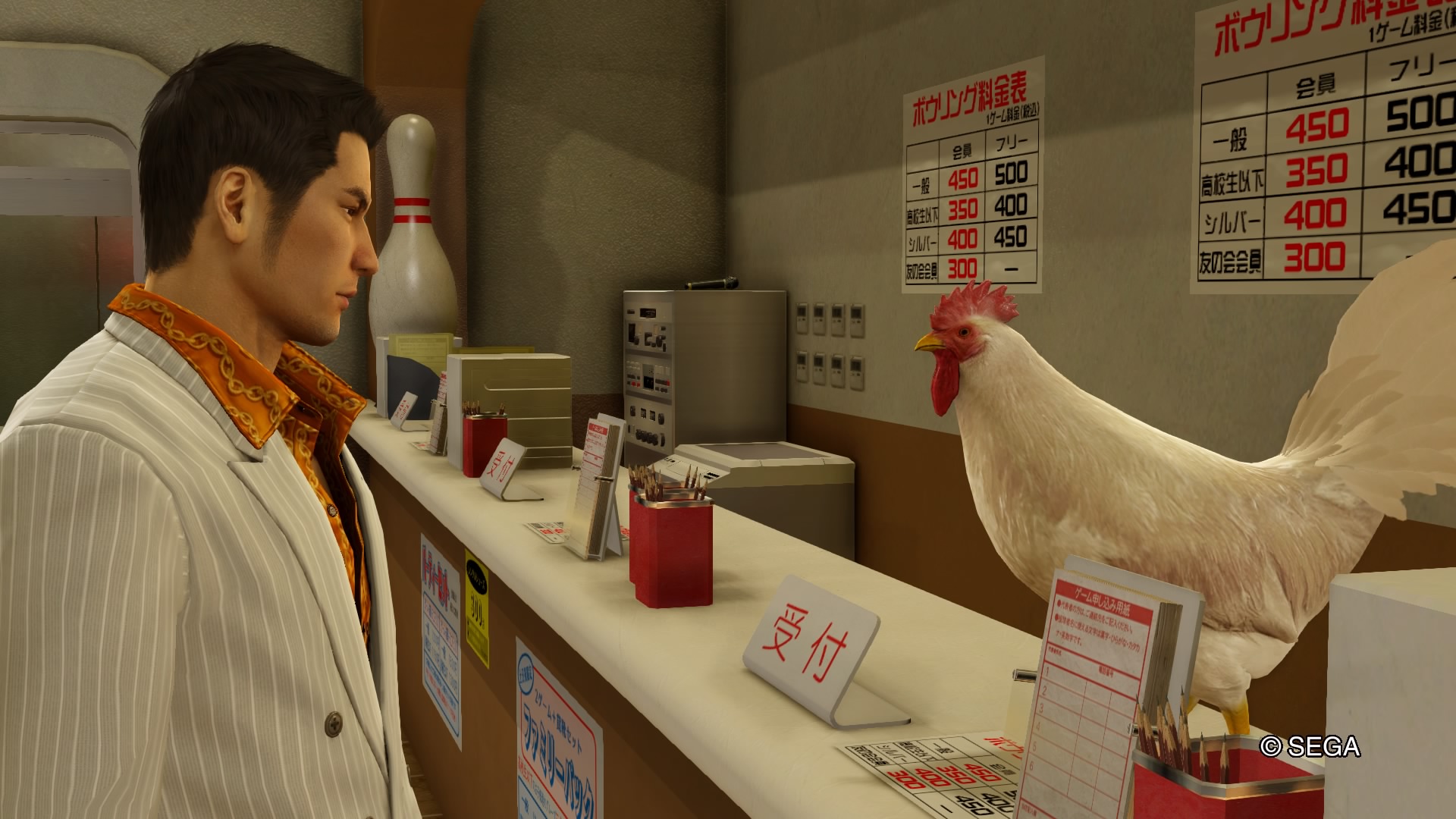
-
Yakuza 0 Setting Feature August 2018 #3
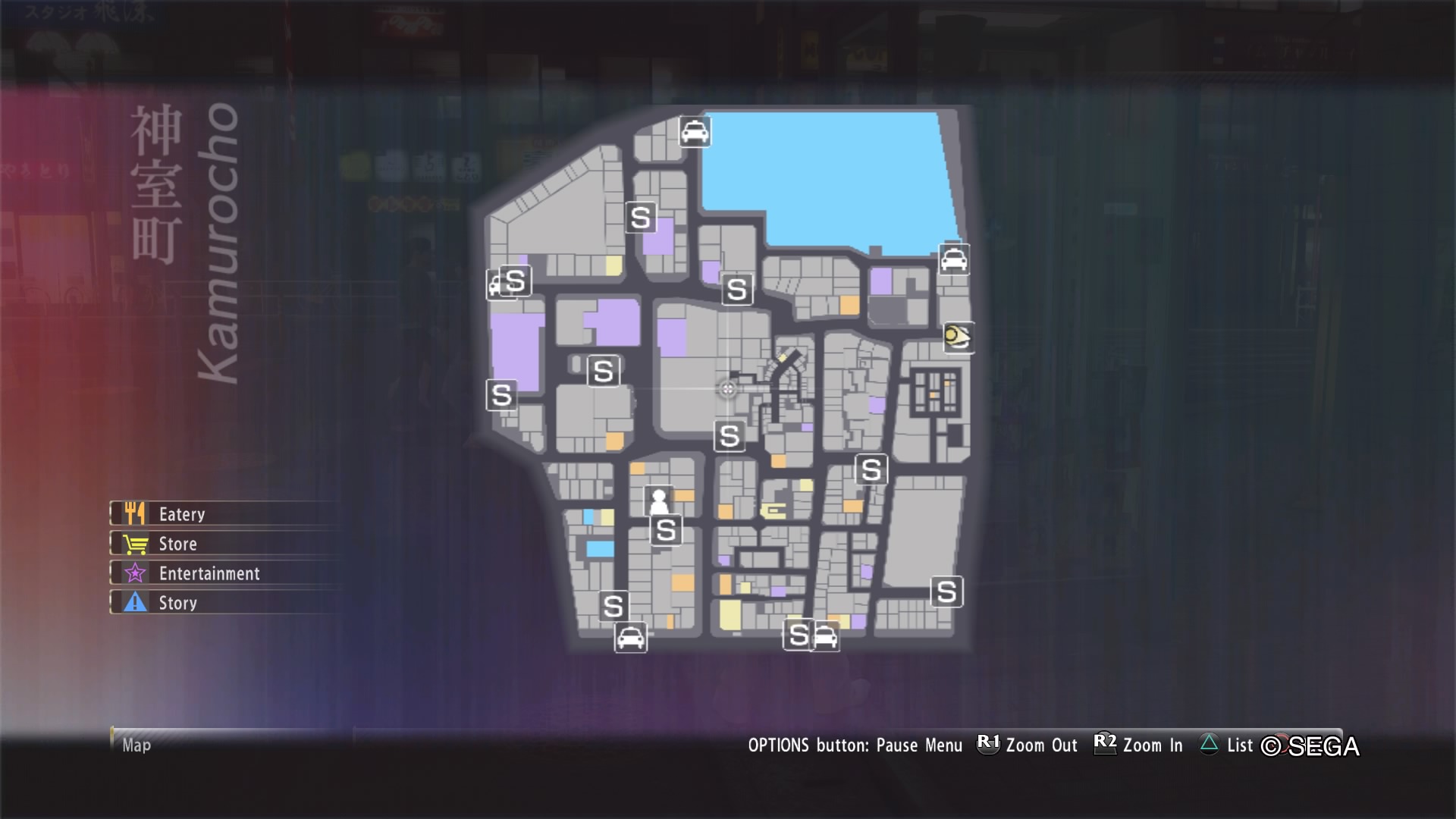
-
Yakuza 0 Setting Feature August 2018 #4
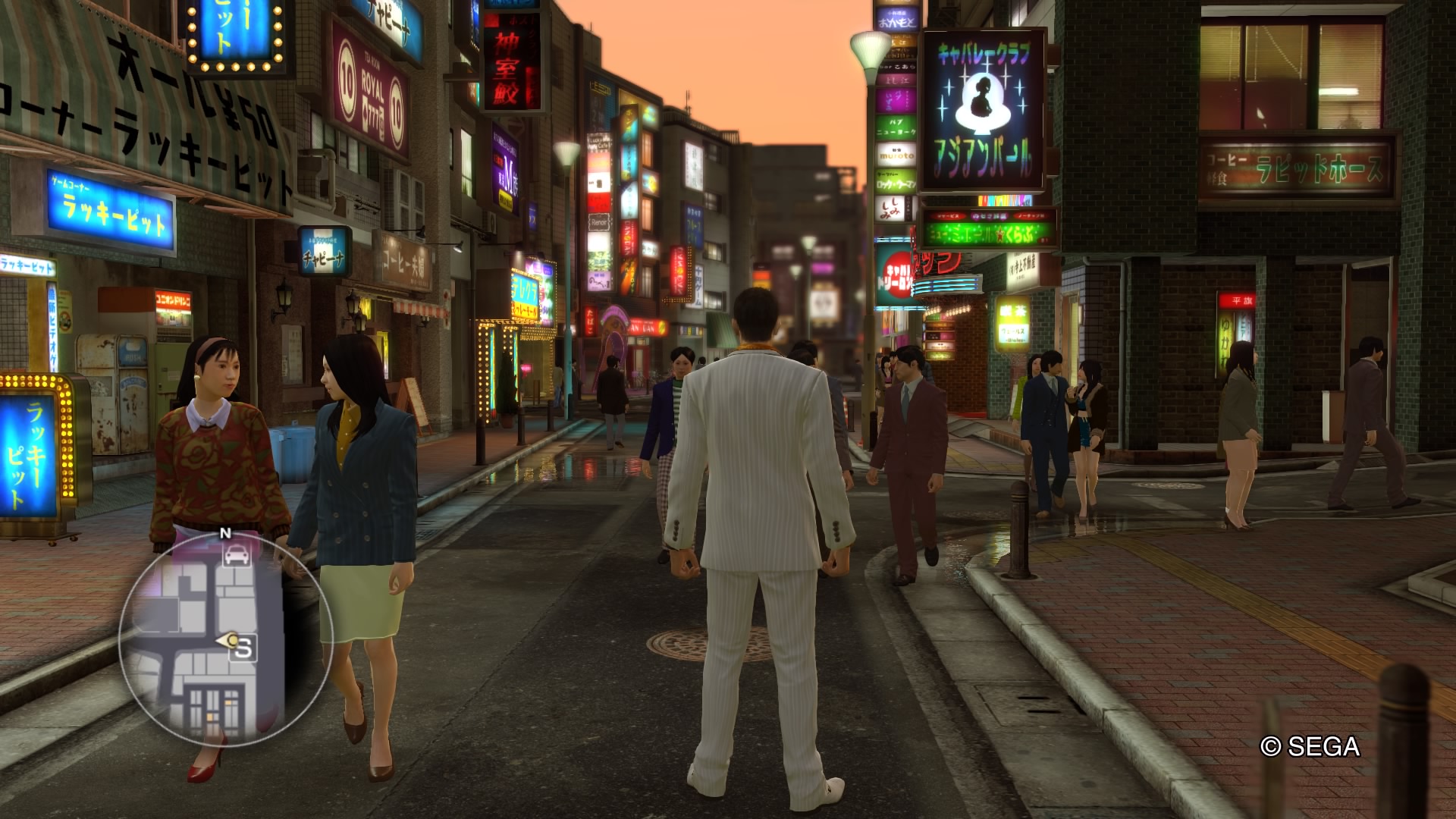
-
Yakuza 0 Setting Feature August 2018 #5
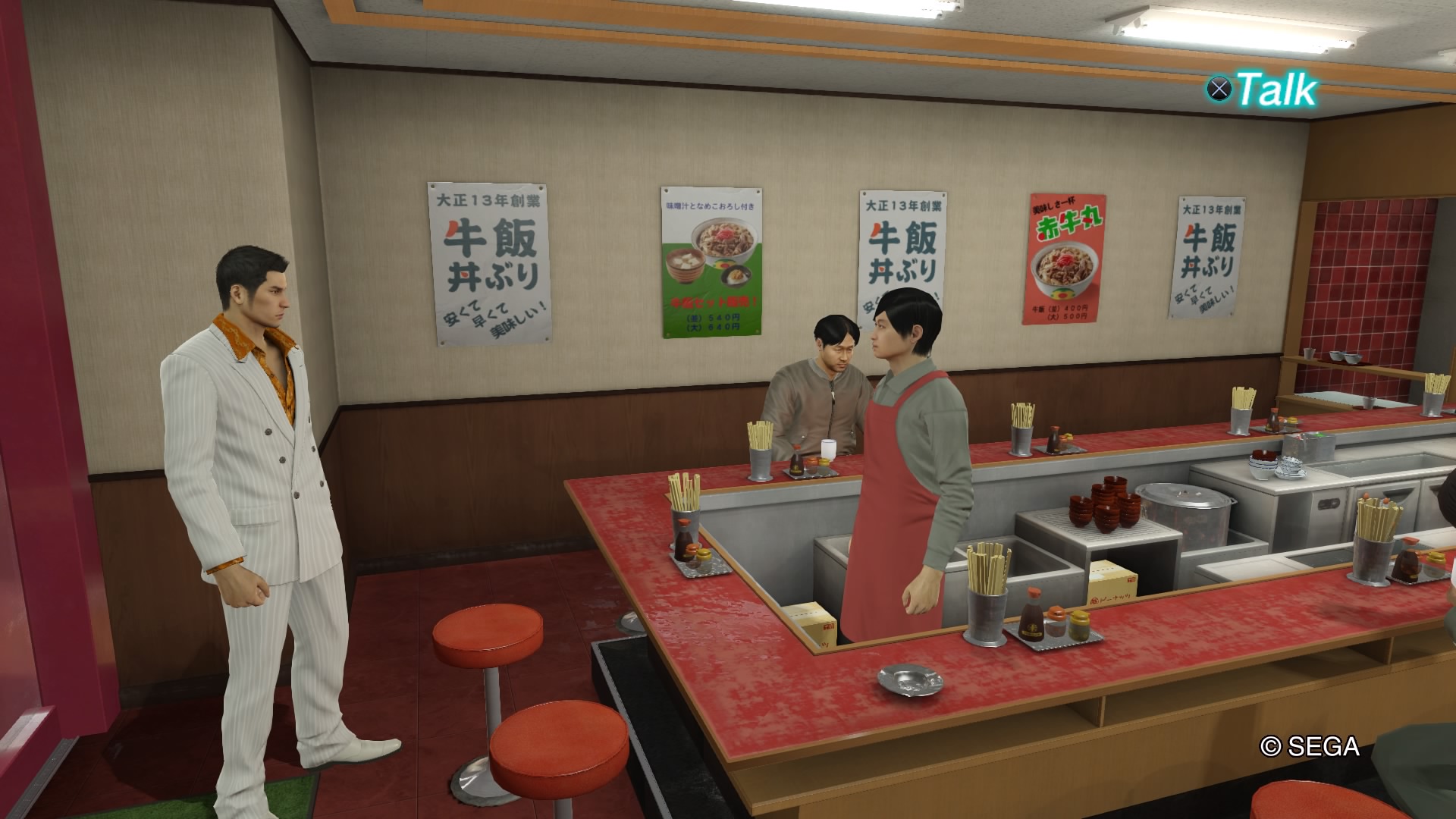
-
Yakuza 0 Setting Feature August 2018 #6
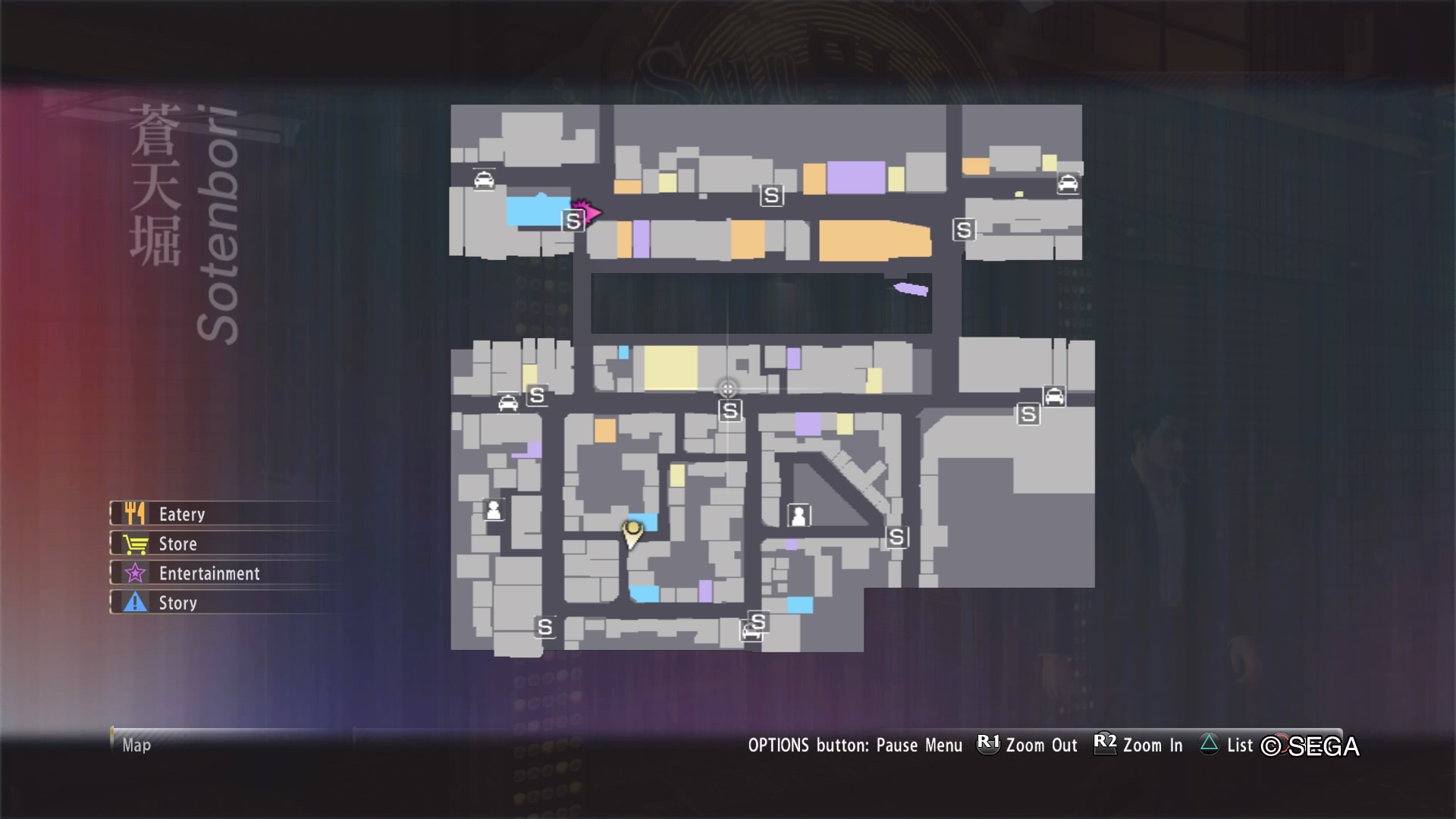
-
Yakuza 0 Setting Feature August 2018 #7
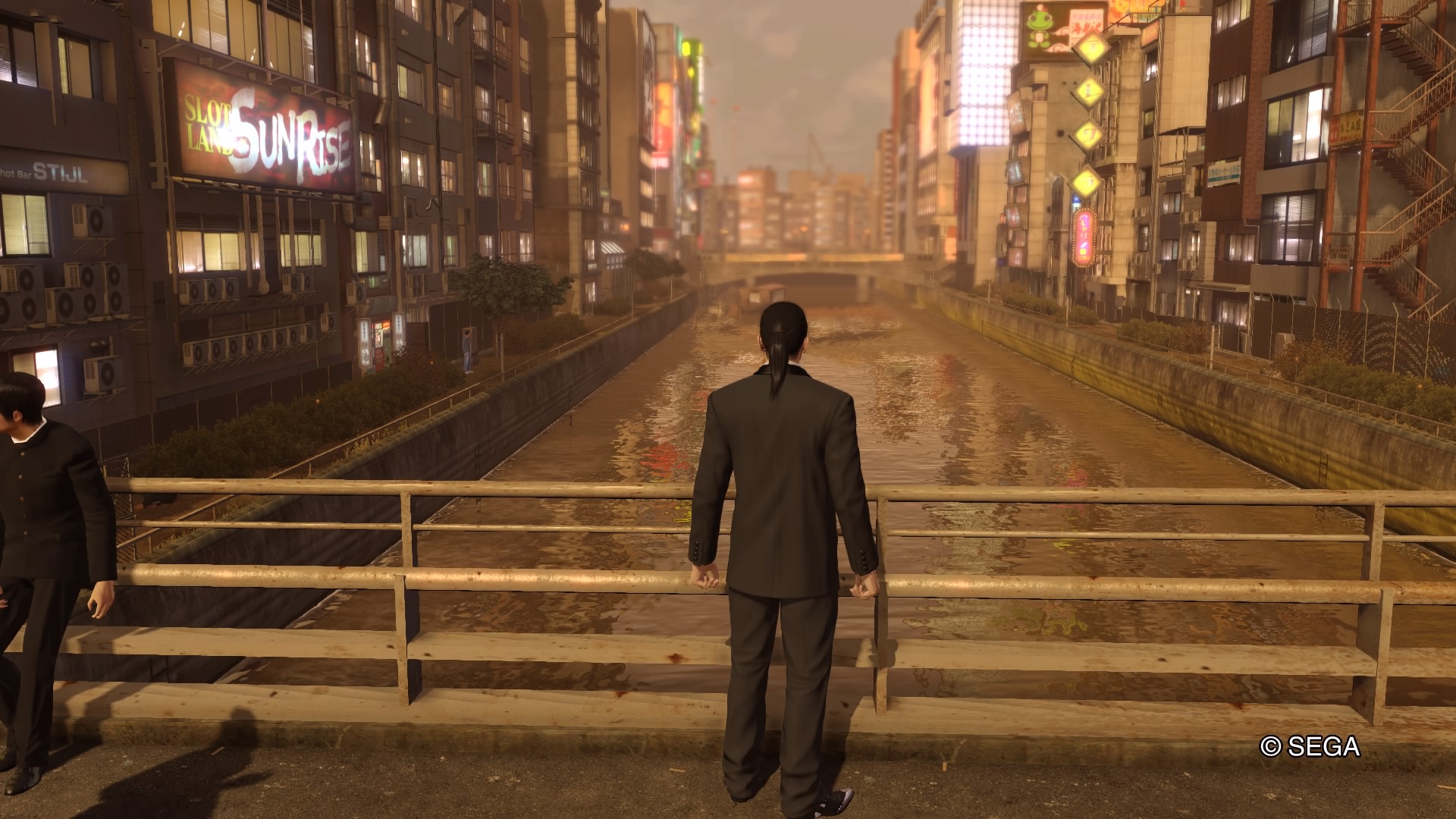
-
Yakuza 0 Setting Feature August 2018 #8
